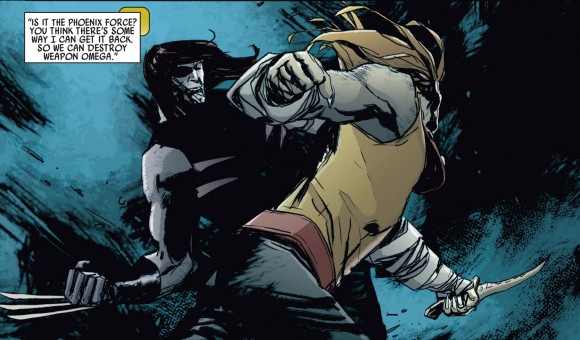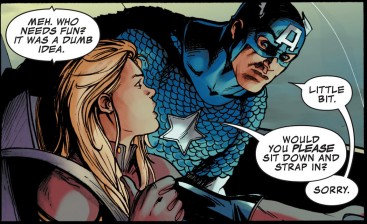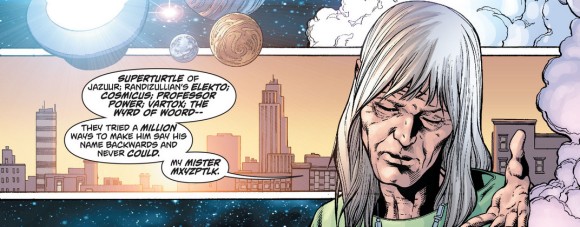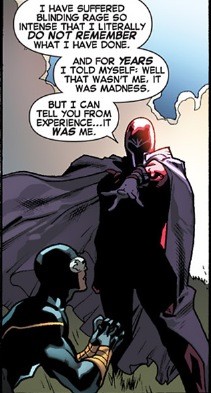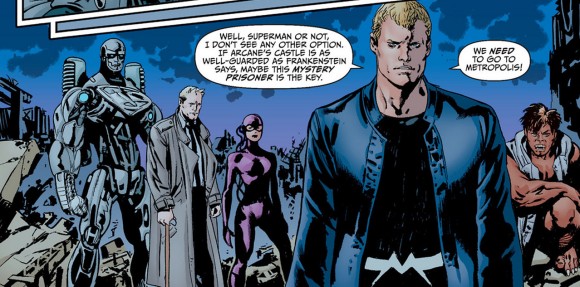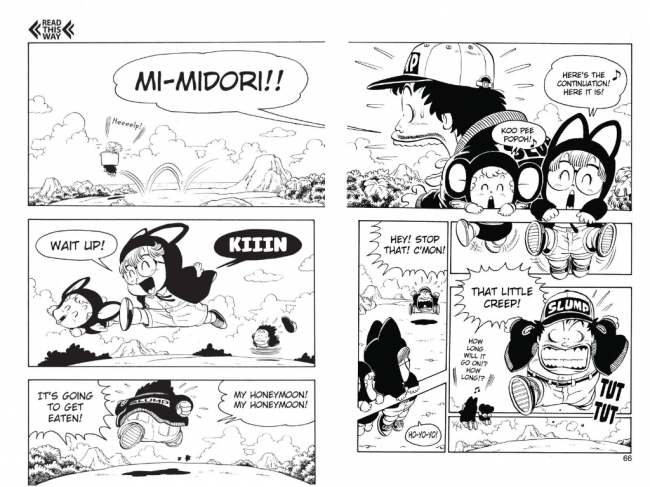
Music, 2012: 50 Cent’s Get Rich Or Die Tryin’
December 17th, 2012 Posted by david brothersI hated on 50 Cent for years because I was dumb enough to side with some rappers I’ve never met against him. To be fair, they made a pretty compelling case. Jay-Z’s “I’m about a dollar, what the fuck is 50 Cents?” is a pretty classic line, and Raekwon’s temper tantrum on Ghostface Killah’s Supreme Clientele is something else. Plus, 50 was emblematic of a type of rap music that was easy to hate on, if you wanted to position yourself as “conscious” or a specific shade of underground.
As a result, I looked at 50’s successes as exceptions. “Fif is wack, but man, ‘Ayo Technology’ really goes.” “I’m not much for 50 Cent, but I really dig ‘I Get Money.'” It’s stupid, right? And unfair, probably. But past a certain point, you’ve got to sit and realize that an entire mixtape being really listenable — I spent most of NYCC 2010 listening to 50’s Forever King on repeat — isn’t an exception. That’s just now how exceptions work, so stop being stupid and start admitting you like the guy.
At some point this year, maybe a couple months ago, I put Get Rich Or Die Tryin’ onto my iPod. It hasn’t left it since. I’m continually impressed at how well the album flows from song to song, from the introduction up through “Back Down.” The stretch from “PIMP” to “Don’t Push Me” is rougher, in terms of flow, but the album ends on “Gotta Make It To Heaven,” which is nuts.
Get Rich Or Die Tryin’ has a surplus of hits. What’s great about the album is how it doesn’t just sound like a collection of radio-ready singles. 50 is going just as hard as any other hardcore New York rapper, but his swagger, charm, and cleverness keeps the songs from sounded calculatedly commercial. Call it mean mug smiley face rap, I guess, but it’s clear that 50’s having a good time.
Two songs always force the singalong: “What Up Gangsta” and “Many Men (Wish Death).” “In da Club” is tight or whatever, but it’s also pretty played out at this point. I dig it in context, but I don’t queue it up in and of itself.
But “What Up Gangsta” and “Many Men,” those I bang all the time. The former are just catchy tracks with fun hooks. “What up, blood? What up, cuz? What up, blood? What up, gangstaaaa?” and “Many men, many many many men wish death ‘pon me. Lord, I don’t cry no more, don’t look to the sky no more… have mercy on me!” There’s something pleasingly tough about the former and soulful about the former. It crawls up in your head the way good songs do. It makes something click, and I like the combination of a smiley face or old soul hook and gangster theatrics.
“Heat,” tho. “Heat” manages to have one of the coldest 50 lines and one of the corniest music videos ever. I love this construction:
Look nigga, don’t think you safe ’cause you moved out the hood
’cause ya mama still around dog, and that ain’t good
If you was smart you’d be shook of me
’cause I’ll get tired of lookin for ya
Spray ya mama’s crib, and let ya ass look for me
I can’t even really tell you why, outside of my deep and abiding appreciation for threats. But it’s his delivery, his swagger, that really sells it.
On the other hand, though, here’s the video:
Man. Son’s video looks like a Kingpin: Life of Crime ripoff. They must’ve cut this video in Hypercard or something.
What it comes down to, though, the reason why I have finally admitted to myself that I like Get Rich Or Die Tryin’ and 50 Cent in general so much, almost ten years after his album dropped, is that I finally understand that dude is just a consummate entertainer, through and through. I don’t like his more recent tunes, but you listen to this album or “Ayo Technology” and you can see how 50 managed to elbow his way into being the hardcore thug/R&B feature kingpin of his day.


